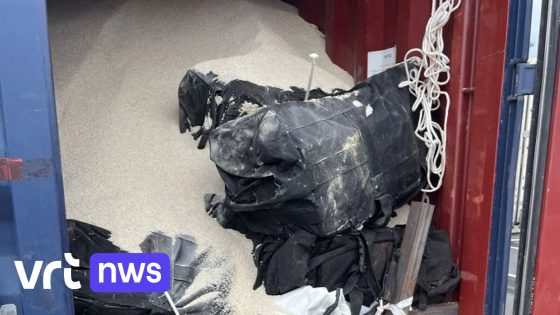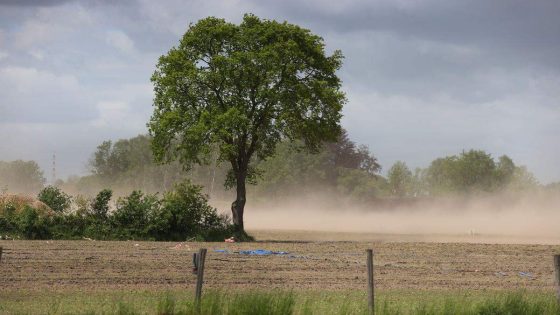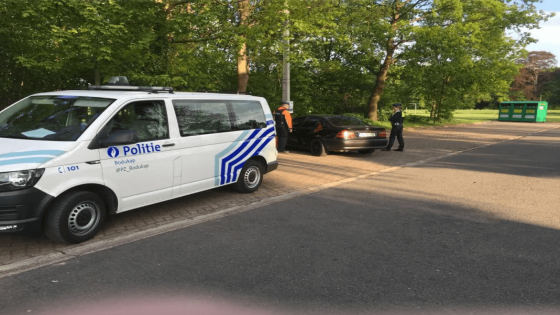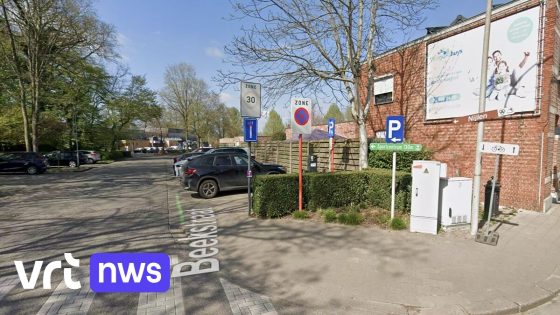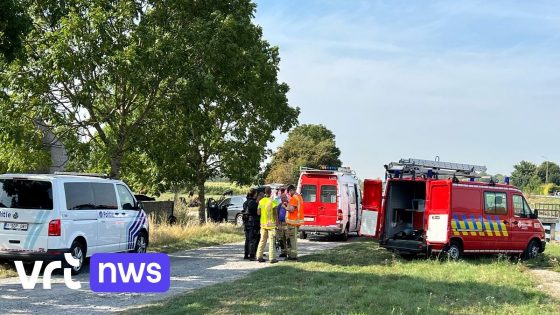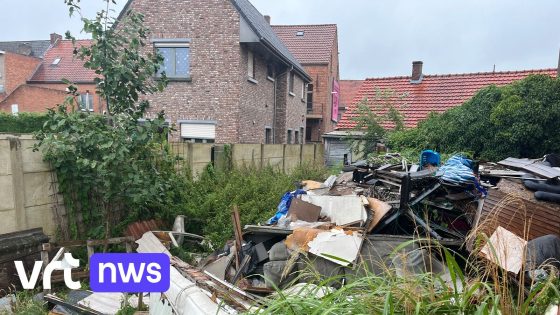Cocaine trafficking remains a pressing concern for Belgian customs authorities, who recently intercepted a significant shipment hidden inside a shipping container. On 2025-07-07 21:31:00, officials discovered blocks of cocaine cleverly concealed within black sports bags, tied together with rope and secured to the container’s internal framework.
- Douane ontdekte cocaïne in zwarte sporttassen
- Sporttassen waren met touw aan elkaar verbonden
- Cocaïne zat vastgemaakt aan containerframe
- Deklading bestond uit witte rijstkorrels
- Cocaïne werd in beslag genomen
- Cocaïne wordt vernietigd door autoriteiten
The container’s top layer was filled with a large bulk sack of white rice grains, masking the illicit cargo beneath. This careful concealment highlights the ongoing challenges Belgian customs face in detecting sophisticated drug smuggling methods. What does this seizure mean for Belgium’s fight against drug trafficking, and how can authorities stay ahead?
Understanding the implications of such discoveries helps shed light on the evolving tactics traffickers use, and the importance of vigilance at Belgian ports. The following section provides a concise summary of this recent cocaine seizure and its local impact.
Why do traffickers choose such complex hiding spots, and how effective are current detection methods? This incident shows the lengths smugglers go to avoid detection, underlining the need for continuous innovation in customs inspections.
- Use of everyday items like rice sacks as cover demonstrates high concealment skills.
- Linking bags with ropes to the container frame indicates premeditated smuggling strategies.
- Confiscation and planned destruction of the cocaine highlight proactive law enforcement measures.
As drug traffickers adapt, Belgian authorities must enhance detection technologies and cooperation with international partners. Staying vigilant and informed is key to keeping Belgium’s borders secure and communities safe.



